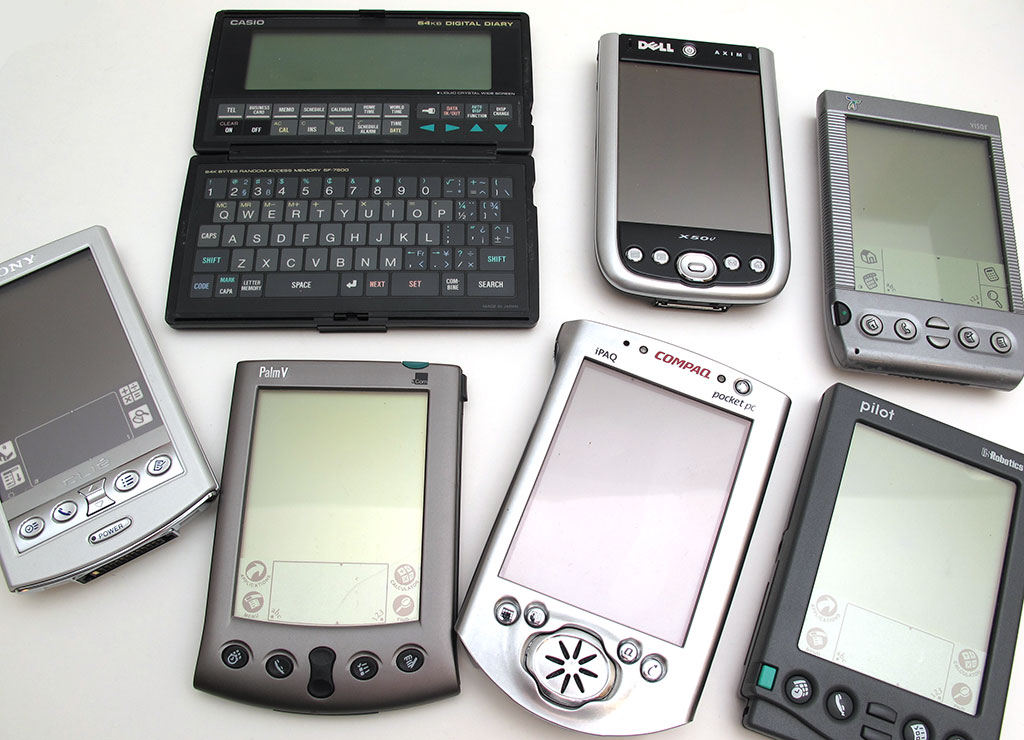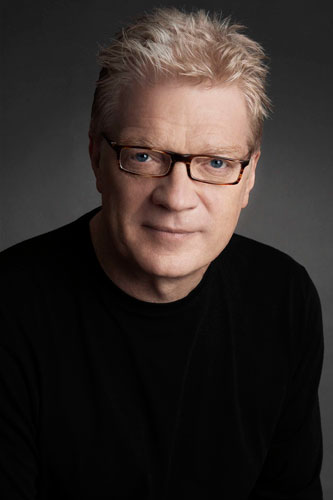Our group discussed videos from Ken Robinson’s top ten TED talks (listed in the links below)
videos discussed here-
Here are our responses on some of these videos-
Arvind Gupta: Turning trash into toys for learning
Arvind Gupta is a toy-maker and he is from India. He has been in the business of toy-making for more than 30 years and is making a revolution in the educational toy industry.Gupta has gone to schools and presented his learning toys; and,needless to say, they liked them. He began his career as an engineering major in college in the 1970’s-he didn’t think about making toys in college but he went to schools and saw that children wanted to make and create things and was inspired to help them by seeing this- and he started making toys for them to use to learn. He shows us in this video that you can turn anything into a learning tool. Gupta in this ted talks video takes simple things that seldom would be thought of as having but one use and makes them into something else that can be used as a teaching tool. Gupta made geometric shapes with a flexible material. He also showed how to make the shapes of a ship, a bird and a hat and other things using newspaper. He created many things with simple everyday objects that wouldn’t thought of as having multiple uses. Gupta shows us that almost anything can be turned into something else-one thing can have many forms. Gupta makes the quote in this ted talks video that “The best thing a child can do with a toy is to break it.” Why would he say this?Because Gupta believes that you can use any resource you have to create what it is you need to use-that means when something is broken it is still useful because you can make something else. An item that is broken can be recycled and can still be put to good use- in this case,it is used for learning.. This would teach children to be resourceful and to use what they know to create what they need. These are very useful skills for students they will need. Why does Gupta’s toys teach these things? Because they are simple toys made out of simple things that are familiar to children and when demonstrated by a teacher the students will be able to think of all the uses of the items the teacher used. These toys Gupta created came from his idea that to teach we should love others, use what they know,and what they have, to build on. He believes that when given the chance to actually have the experience with a concept they get excited about learning because they are able to see why and how the concepts they are learning
about works.
Nakenya Ntaiya: A Girl Who Demanded School
By: Daniel LoVette - Braque Group
I am sure to not be speaking for myself when I say that this video has the potential to make every American citizen feel like the size of an ant. Hearing Nakenya Ntaiya’s story makes me feel very privileged to live in this country. Ms. Ntaiya is from the Masai tribe in Kenya, and if just being in the tribe isn’t hard enough, being a Masai female is unimaginable. Masai members are tall, jump high, wear red, and hunt lions. As impressive as this sounds, their customs of oppression towards the female race are a tragedy that is happening all over the continent of Africa at this moment. Males are raised to be warriors, and women are raised to be mothers. Girls are engaged by the age of five, and are expected to be a perfect woman by the age of twelve. They have no say in political issues, family issues, career choices, or are even able to own land. By the eighth grade the average Masai female endures a circumcision ceremony by which any outsider would consider mutilation. The practice is unsanitary, and is the cause of many annual deaths of young female tribe members.
Nakenya Ntaiya has experienced this life and has overcome adversity to chase after her dream of being an educator and an activist against said practices. After almost not making it through the circumcision ceremony alive, Nakenya had an ultimatum to either become a wife and mother or to start high school which was very uncommon. After finishing high school, she was accepted to a women’s college in Virginia and had to get the tribe’s approval and support to attend, which was not an easy task. After getting the approval of sixteen male tribe members, she hits American higher education by storm and ultimately earns a masters degree in education. Nakenya has since started a girls school in the village and is making a positive impact in many student lives.
The biggest obstacle an American student has to face to attend college is finances, and most find a solution. Not attending high school isn’t even an option, and even then we take it for granted. More students, including myself, have to realize that the education we receive is a privilege beyond measure. As a future educator, I hope to instil a sense of urgency to my students so that they might not slip through the cracks like so many do. This testimony is a great one, and it’s top ten TED position is well deserved!
“To this day… for the bullied and beautiful”
Shaned Koyczan
By: Samantha West- Braque Group
“ We are not the only ones who live like this.” This one sentence he repeated, and it is stuck in my mind. It is something to think about. Let us go back. Go back to when you were in Upper Elementary or Middle School. Who was those kids that were picked-on, bullied, and disliked? Were they you? Was you the Bully? These are the questions that went through my mind when I was watching this video. It is sad to know that our children will have to go through this. When I was younger I was never the popular kid because my parents were not rich, and I was not the prettiest girl. I did not have many friends, and it really hurt my feelings when I could not figure out why. When I got into High School, I lost a lot of weight, and was actually liked. I became the person who I had hated the most, a bully. I was so mean to some people, and later I realized what I had done. I have now apologized to every single person I was ever mean to. I thought this topic was just right for me, because I will stand up to bullying from now on. Shane spoke about being being adopted, and feeling unloved. He said he went from being sad, depressed, to wanting to kill a kid. It should not be like this. Children should not have to feel like this. Bullying is a subject that we will have to deal with for the rest of our lives. For some people dealing with it is different from others, but we are in some way affected by this terrible act. We are all beautiful in our own little way!















